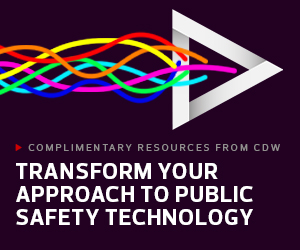Use Cases Illustrate Alternative Approaches for Public Safety
Experts point to a range of possible instances when an alternative response might be appropriate.
Mental health tops the list. Neighbors may see someone acting erratically, or family members may have concerns about an individual who is struggling. If there’s no imminent emergency, such calls can be fielded by behavioral health specialists.
In addition, Neusteter points to other likely scenarios:
- Physical health: “If it doesn’t seem like somebody is in cardiac arrest or that there’s an emergent medical threat, there have been examples in which nonambulatory transportation is dispatched,” Neusteter says. “Then, an outpatient appointment is made for somebody to see a clinician quickly. That bypasses the emergency department and emergency crisis response.”
- Domestic issues: “These represent incidents like fights between family members, fights between neighbors, noise complaints, etc.,” she says. “These are issues in which there are fundamental challenges around conflict resolution, individuals who either are fearful or unable to have conversations in order to get their needs met.” Community workers outside the public safety arena may be better suited to handle those calls.
- Community awareness: “We can think about alarm calls: An alarm goes off and we don’t necessarily need to send a police response, but we need to understand what’s going on,” she says. “There other ways in which neighborhoods and community residents may be able to help verify whether or not there’s a problem that warrants police response. That’s a less-expensive form of response and it means we aren’t potentially escalating an issue by immediately dispatching the police.”














